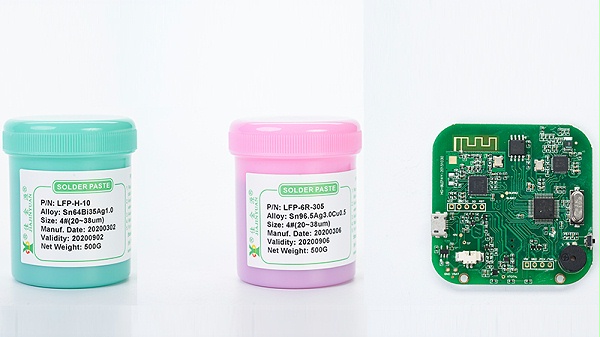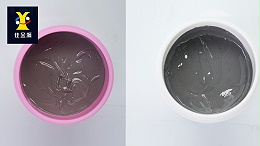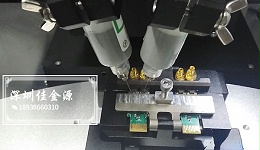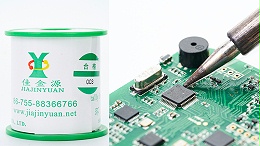
Solder pasteWhat are the characteristics of solder paste changes during the welding heating process? The following is a brief discussion by the solder paste manufacturer for everyone:

When the solder paste is constantly in a heated state, its reflux can be divided into five processes:
The first step is that the solvent suitable for the viscosity up to the required level and the performance of the screen printing material gradually begins to evaporate, and the surface temperature must be slow(Approximately per second3℃To limit boiling and splashing to prevent the formation of small tin beads, in addition, some electronic devices are relatively sensitive to the stress of the microstructure. If the external surface temperature of the electronic device is too fast, it will also cause fracture.
Flux activity, the chemical cleaning unified action gradually begins. Both water-soluble flux and no-clean flux will produce the same cleaning unified action, but the working temperatures are relatively different. Remove metal oxides and certain contaminants from the particles of metals and solder that may be closely bonded. The requirement for the completed solder joints in the metallurgical aspect is the integrity of the "clean" surface.
When the working temperature keeps rising, the first step of the solder particles is to melt separately, and then gradually liquefy and absorb tin on the surface, which is the "lamp-like" process. Only in this way can it appear to cover the entire feasible surface and gradually form solder joints.
This stage is quite important. When all the individual solder particles are completely melted and tightly combined to form liquid tin, the effect of surface pressure gradually begins to form the surface of the solder joint. If it is the lead of an electronic device andPCBThe gap of the solder pads exceeds4milThen, it is highly likely that the pins and pads will separate due to surface pressure, resulting in a solder spot open circuit.
During the cooling process, if the cooling is fast, the strength of the solder dots will be greater, but it must not be too fast to generate temperature stress within the electronic components themselves.
Summary of the requirements for reflow soldering
The most important thing is to have a better slow heating to safely evaporate the solvent, to prevent the formation of tin beads and the stress in the electronic device structure caused by the expansion due to the working temperature, which leads to the formation of cracks and reliability issues.
Furthermore, the flux activity process should have an appropriate time and working temperature to allow the cleaning process to be successfully completed when the solder particles just start to melt.
The stage of solder melting in the time-temperature curve is of vital importance. It is necessary to ensure that the solder particles are completely melted and liquefied to form metallurgical soldering. The evaporation of the remaining solvents and flux residues forms the surface of the solder joint. If this stage is too hot or lasts too long, it may have an impact on electronic devices andPCBCause harm.
The setting of the solder paste reflux temperature curve can be based on the resources provided by the solder paste manufacturer as much as possible. At the same time, the principle of the change in temperature stress of the electronic device structure should be grasped, that is, the heating temperature rise speed should be less than per second3℃The cooling temperature drop rate should be less than5℃.
PCBIf the dimensions and weights of the assembly are particularly similar, the same temperature curve can be selected.
The most important thing is to check frequently or every day whether the temperature curve is correct.



